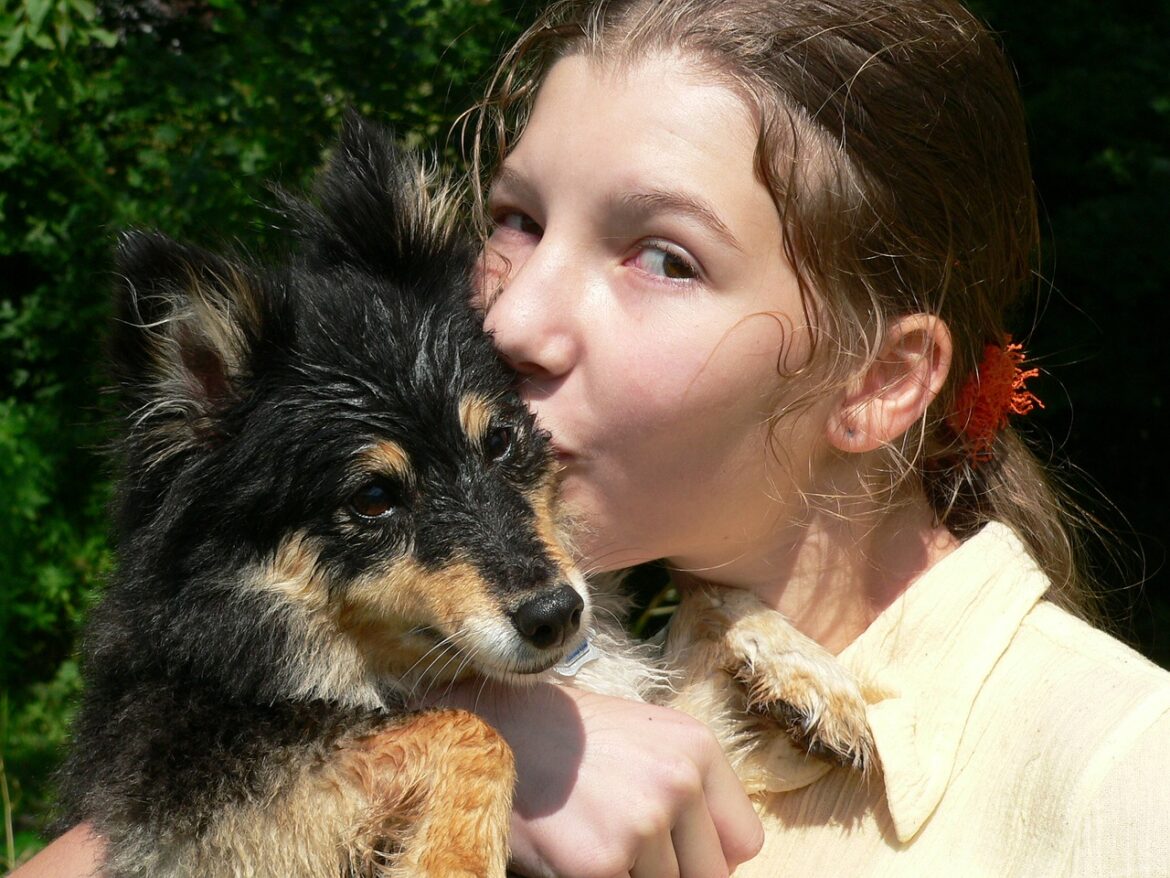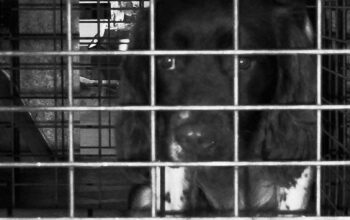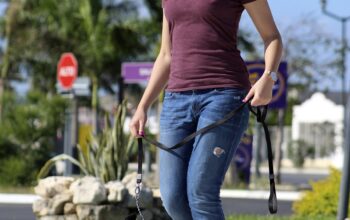How do you introduce your puppy to children?
Getting a puppy is a large responsibility and it can quickly appear that you are in the trenches of raising a new baby. Puppies are tiny sponges, eager to explore their world by using their nose, eyes, mouth and teeth. The puppies particularly develop their personality for the first six months while determining what they should fear and who they should trust.
If you have kids in your house, or even if you don’t, it is important to introduce your puppy to children early in life.
Benefits:
“Even if a family has no children at home, it is important that dogs have exposure to kids,” says coach Judy. It makes the dog more friendly and adaptable to new people, and chances are that your dog, either on a walk or in the house, will run into a kid at least several times in their life.
If you have children at home, puppies can sometimes see them as other dogs and they will try to communicate with lots of puppy play. Unfortunately, this well-meaning behavior contains plenty of puppy cues that human children don’t understand or like – biting, nipping and chasing are just a few examples of puppy communication going wrong. You want your own children to feel confident and comfortable around your new addition and you need to know that playdates will go smoothly when visiting children feel comfortable around your pet. The same goes for homes without children; you must feel confident that your dog will have the experience to know how to have good manners with a little one when a child knocks at the door or comes over for a visit.
How to do it safely?
It is advisable to introduce your puppy to children as often as possible and under your supervision. If you don’t have kids at home, be sure that you take your puppy for walks near parks, schools and other places where children will be,” says instructor Judy. If possible, place your puppy in a down-stay command when kids run around to build his tolerance for the extra energy. Be sure that your puppy is on a leash when around kids until you are sure that you have control over the situation.
Teach children good animal manners by encouraging them to ask before they pet your dog, and then put your dog in a sit-up command before contact is made. The more socialization your puppy has with kids, the better.



